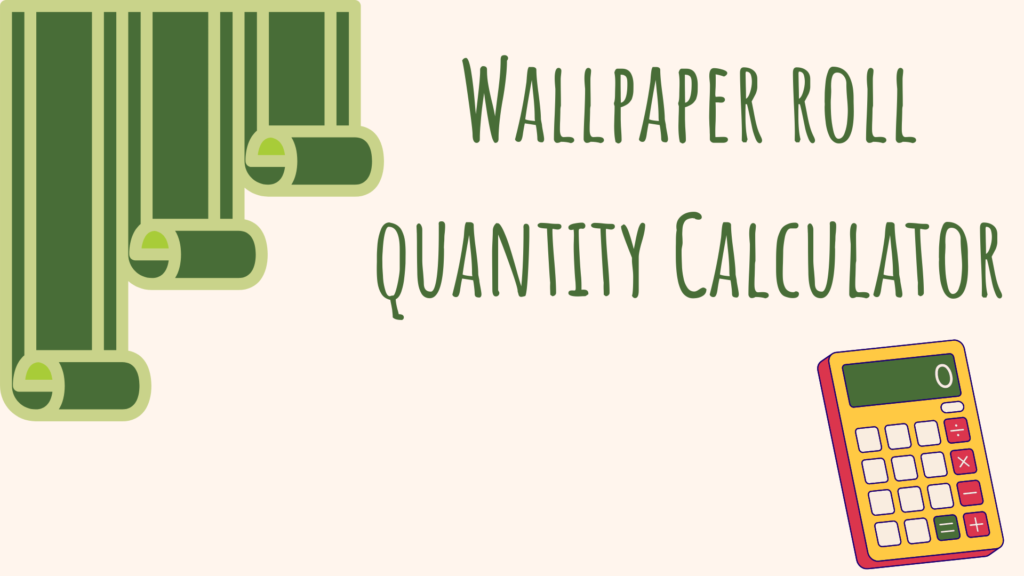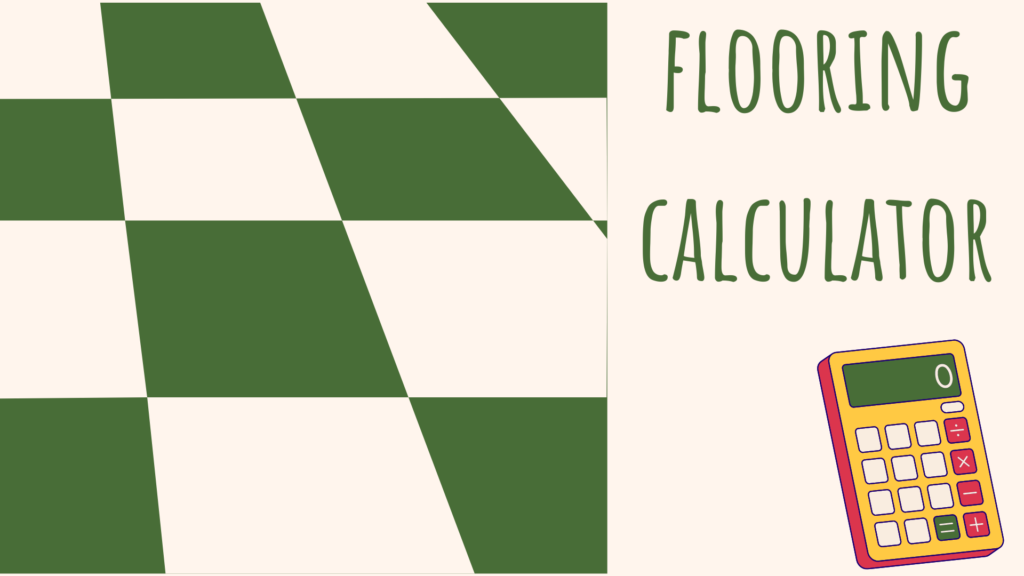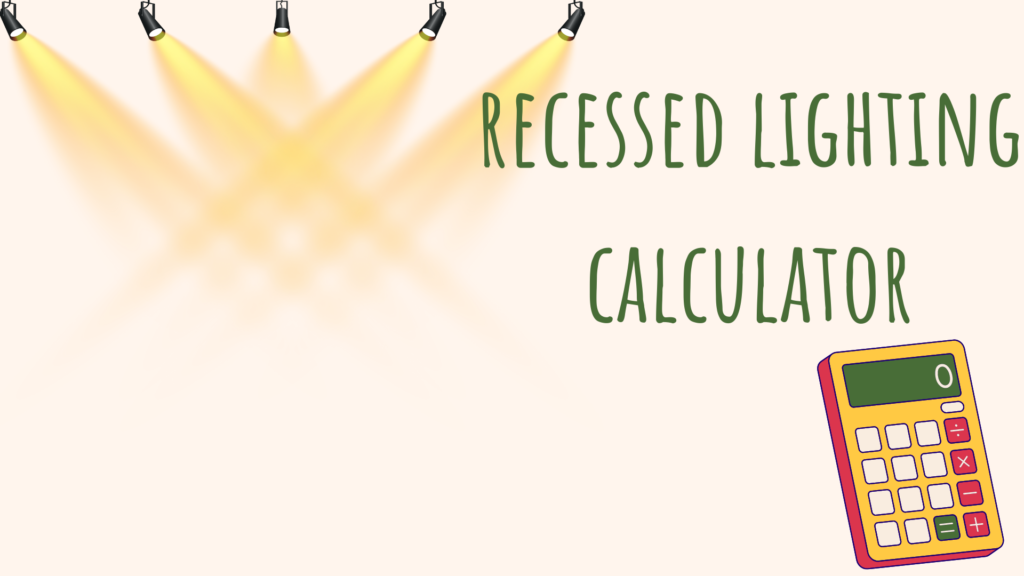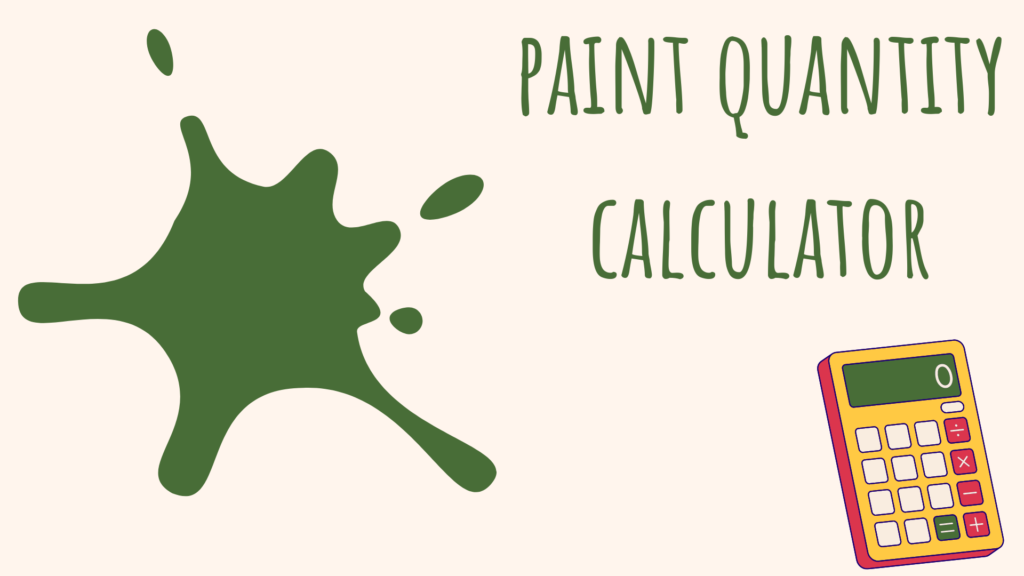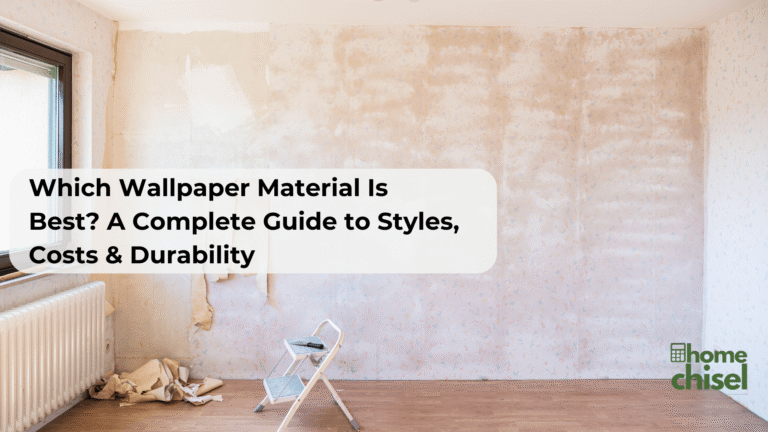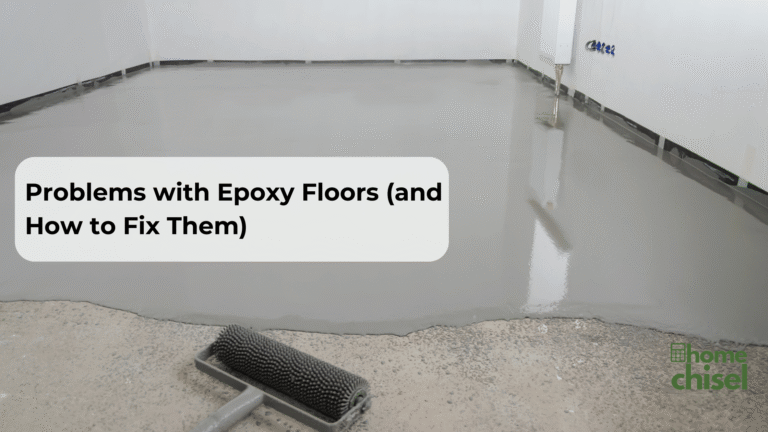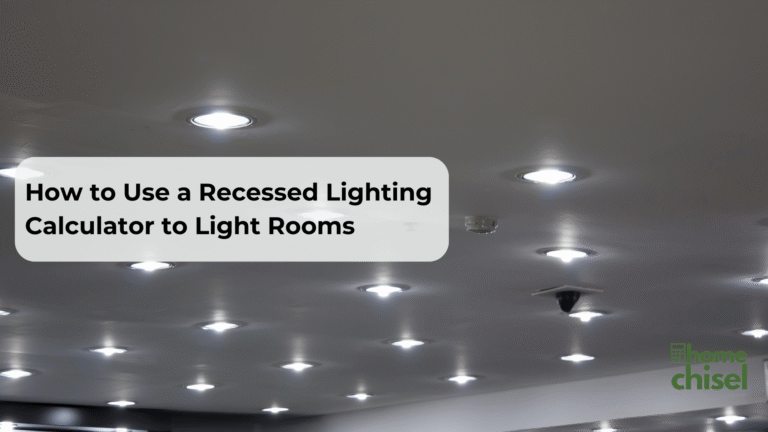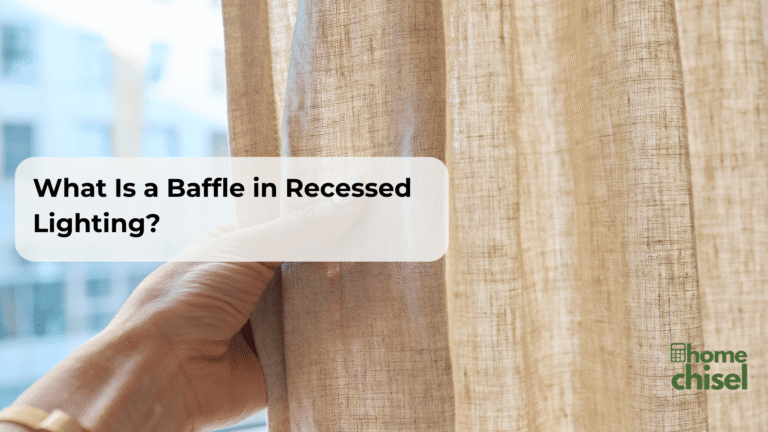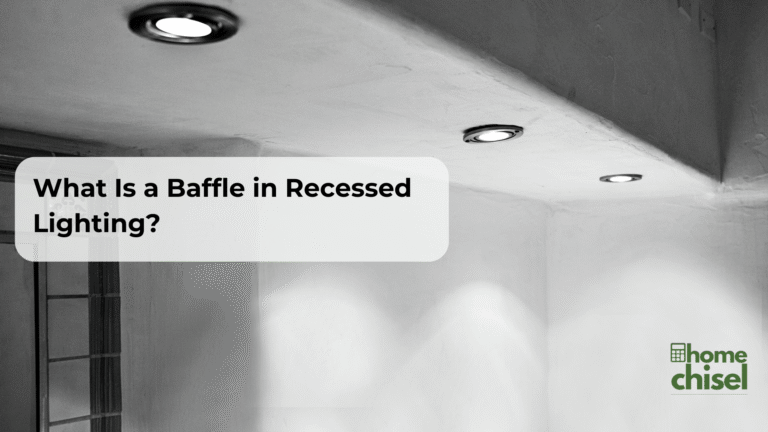Plan Your Garden with Precision
The HomeChisel Topsoil Volume Calculator is your best tool to accurately estimate the quantity of topsoil required for any landscaping or gardening project. When you’re considering the creation of a raised garden as well as filling in a planter or making a huge space for landscaping, our calculator will help you purchase the correct quantity of soil. This will save you time, money and energy. Start planning your perfect garden today!
Table of Contents
How to Use the Topsoil Calculator?
Using our Topsoil Volume Calculator is simple. Follow these steps to get the most accurate estimate for your project:
- Select Your Measurement Units: Choose between metric (meters, centimetres) or imperial (feet, inches) units, depending on your preference.
- Enter Garden Area Dimensions: Input the length, width, and depth of the area you want to fill with topsoil.
- Click ‘Calculate’: Hit the “Calculate Soil Needed” button to instantly find out how much topsoil you need for your project.
How to Calculate Topsoil Volume Needed?

Understanding the calculation method helps you plan more effectively. Here’s a step-by-step guide on how to calculate the volume of topsoil required:
- Calculate the Total Volume of Soil Needed
To determine the volume of soil needed, use the formula for calculating the volume of a rectangular or square area:
Volume=Length ×Width × Depth {Volume} = {Length} times {Width} times {Depth} Volume = Length × Width × Depth
- Length: The measurement of the longest side of your area.
- Width: The measurement of the shorter side of your area.
- Depth: The depth to which you want to fill the soil, typically in inches or centimetres.
For circular areas:
Volume = π * (Diameter / 2)^2 * Depth
For Rectangular or Square Areas:
Volume = Length * Width * DepthWhere:
- π\piπ (Pi) is approximately 3.1416.
- Diameter: The measurement across the circular area.
Convert Volume to Cubic Yards or Cubic Meters
Depending on your measurement units, convert the volume from cubic feet or cubic inches to cubic yards or cubic centimetres to cubic meters:
Since there are 27 cubic feet in 1 cubic yard:
Cubic Yards = Cubic Feet / 27
Therefore, for the example above:
Cubic Yards = 50 cubic feet / 27 cubic feet/cubic yard ≈ 1.85 cubic yardsExample Calculation for Topsoil Volume
Let’s calculate the volume of soil needed for a rectangular raised bed garden that is 10 feet long, 5 feet wide, and 1 foot deep.
- Calculate Volume in Cubic Feet:
Volume=10×5×1=50 cubic feet {Volume} = 10 x 5 1 = 50 { cubic feet}
Volume = 10×5×1=50 cubic feet
Example Calculation:
For a rectangular raised bed garden that is 10 feet long, 5 feet wide, and 1 foot deep:
Volume = 10 ft * 5 ft * 1 ft = 50 cubic feetFor this project, you will need approximately 1.85 cubic yards of topsoil.
Features of Our Topsoil Volume Calculator
- Flexible Measurement Units: Select between metric or imperial units to suit your needs.
- Detailed Input Fields: Input the length, width, and depth of your gardening area for precise calculations.
- Instant Results: Receive accurate volume measurements for the topsoil needed in cubic meters or cubic yards.
- User-Friendly Interface: Designed for simplicity and ease of use, even for first-time gardeners.
Why Use Our Topsoil Calculator?
- Accuracy: Get exact estimates to avoid buying too much or too little soil.
- Efficiency: Save time by knowing precisely how much topsoil you need before heading to the store.
- Cost-Effective: Optimize your budget by purchasing only the required amount of topsoil.
- Convenience: Accessible from any device so that you can calculate on the go.
Optimize Your Gardening Projects with Our Topsoil Calculator
If you’re a landscape professional or an amateur gardener, Our Topsoil Calculator simplifies your gardening project. The accurate estimates will help you make better plans and ensure that you’ve got enough soil to build the perfect garden with no over or under.
Start Calculating Now!
Check out the Topsoil Volume Calculator right now to simplify the next garden project. Measure precisely the amount of soil that you require and begin making the garden you’ve always wanted and with confidence!
Discover Our Other Calculators
Discover Our Interior Design Articles
10 Do’s and Don’ts of Home Renovations
What’s Next in Style: 7 Interior Design Trends 2026
Choosing the Right Flooring for Your Home: Top Materials, Costs & Tips
5 Stylish Bathroom Upgrade Ideas for a More Relaxing Bathroom Time
Which Wallpaper Material Is Best? A Complete Guide to Styles, Costs & Durability
Problems with Epoxy Floors (and How to Fix Them)
What Temperature to Wash Curtains (Without Ruining Them)
You’re not alone.
A few …
What Is a Baffle in Recessed Lighting? (And Why It Makes a Big Difference)
That harsh glare isn’t just about the bulb—it’s …
